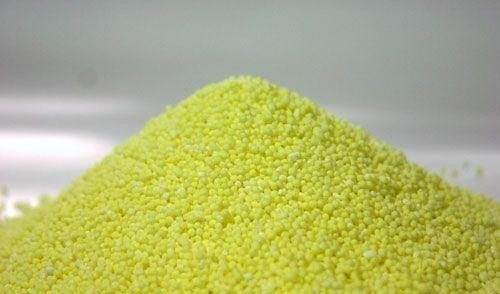I believe many people have heard of sulfur spray, but what exactly does it mean?
Blooming occurs in rubber, which refers to the situation in which sulfur migrates on the surface and forms crystals. Except for unvulcanized rubber, which will bloom, vulcanized rubber will also have this situation. When the unvulcanized rubber is sprayed, the bonding of the rubber will not be smooth, and if the situation is serious, it may eventually lead to lack of glue. The reason is that the sulfur is not dissolved in the rubber in a short time. The solution is to reduce the amount of sulfur powder, but this may also reduce the elastic modulus and hardness of the vulcanizate. Be sure to grasp the amount of reduction.
In order to prevent the vulcanized rubber from blooming, it is necessary to pay attention to the temperature and time of vulcanization, and it is particularly critical to avoid high temperature and short time vulcanization. After vulcanization, rubber products must not be placed in the sun, and must not be rapidly cooled. They should be placed in a ventilated place and covered with a cloth cover made of canvas, etc. on the container to prevent frost.
There is another situation that is slightly different from the frost spray we are talking about: there will be sulfur crystals visible to the naked eye in the rubber glue in winter. If you look at it with a magnifying glass, you can clearly see that these are some orthorhombic crystals. It is possible to add insoluble sulfur equivalent to half the required amount of sulfur into the sulfur compound, and only take the required amount from the mortar tank when using the mortar, and store the temporarily unused mortar in the mortar tank and stir slowly. ready for use.

